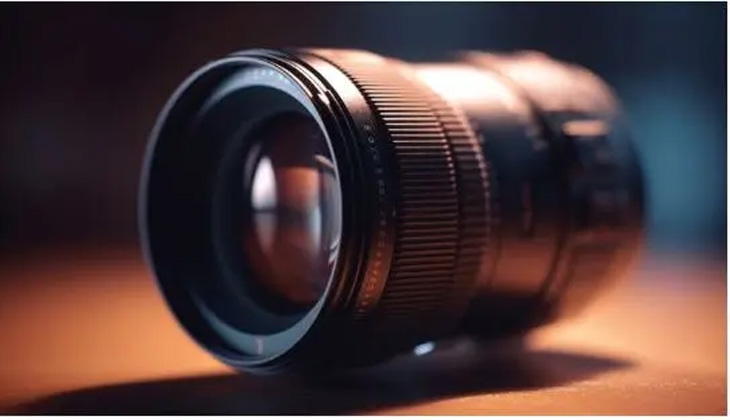END THE ACTIVITIES OF THE MOTOR COLORS. I am a massive fan of classroom learning centers! They are great places for children to explore, research, take risks, and consolidate previously taught skills and concepts, motor colors.
The conscious placement of resources and objects in a learning center also provides an opportunity for a child to engage in practical activities and manipulate tools that promote fine motor skills while learning other topics or concepts, such as color.
This post will give you some activity ideas and resources to help you set up a color motor activity in your early years that you can carry over to a color and motor learning center, motor colors.
LET’S PLAY – ORDER AND MATCH FRUIT COLOR
Any idea:
- We can play Color Matching Fruit with numerous colored objects such as pompoms, blocks, beads, tokens, crayons, and pipe cleaners.
- Create a color-themed educational center. Include color matching and matching activities, colorful puzzles, a light table with transparent colored elements, and color and rainbow books.
- Set up a fruit summary table. Add a variety of fruits for children to explore and cut into pieces (depending on their age group), fruit books, notes, paper, etc. Color-matching fruits would be an extremely acceptable motor activity related to fruit.
- Add a set of small pliers that the kids can manipulate to pick up the pompoms and encourage adequate strength and motor development.
LET’S PLAY – COMBINED COLOR TEDDY BEARS
Any idea:
- The color-matching activity of teddy bears and pastel colors includes sorting and matching the colored pencils to the teddy bears of the same color. The children stick the colored pencil on the teddy bear’s stomach.
- Use other items to compare the colored teddy bears, such as B. pipe cleaners, colored pencils, transparent tokens, pompoms, colored buttons, and undersized blocks. The ideas are endless.
- Create a color-themed educational center. Include color matching and matching activities, colorful puzzles, a light table with transparent colored elements, and color and rainbow books.
Let’s Play: Order and Fit Paint Cases
Any idea:
- You can play by choosing colors and combining glasses with numerous colored objects, such as pompoms, blocks, beads, tokens, crayons, and pipe cleaners.
- Depending on the learning environment and context, it’s another fun way to open a pack of Smarties or MM and sort and match them into the correct colored glasses.
- Add a set of small tongs that kids can pick up, pompoms, and other items to encourage adequate motor strength and development.
- Create a color-themed learning center that kids can visit and return to all day long. Include color matching and matching activities, colorful puzzles, a light table with transparent colored elements, and color and rainbow books.
Let’s Play: Order Colored Bubble Tees
Any idea:
- Use colored pompoms or colored pearl balls, order them, and match them to the correct colored glass.
- Create an examination table to introduce children to the history of chewing gum. It’s a fun topic for kids to study in different areas of study. Math: calculates and graphs the class’s favorite chewing gum flavor. Science: Try out which chewing gum is best for creating bubbles. Is his chewing gum round or square?
- There are some great stories kids can read and learn about how they discovered gum. Pop! Meghan McCarthy’s invention of chewing gum
- Collecting small, rounded items, such as colored beads, promotes grapple grip.
- Exploring rainbows, weather, and light are other topics kids can dig into through color activities.
LET’S STUDY
Establishing hands-on learning centers for using materials and resources provides opportunities for kids to watch videos to learn about color and encourages children to develop their fine motor skills.
Learning opportunities
- Fine motor development
- Hand-eye coordination and management: sorting and using things.
- Concentration: Practice and consolidate previously taught concepts and skills.
- Spatial awareness: object manipulation and matching
- Color recognition: sorting and matching
- Language development: color names and links to topics (chewing gum, fruit, rainbow)

